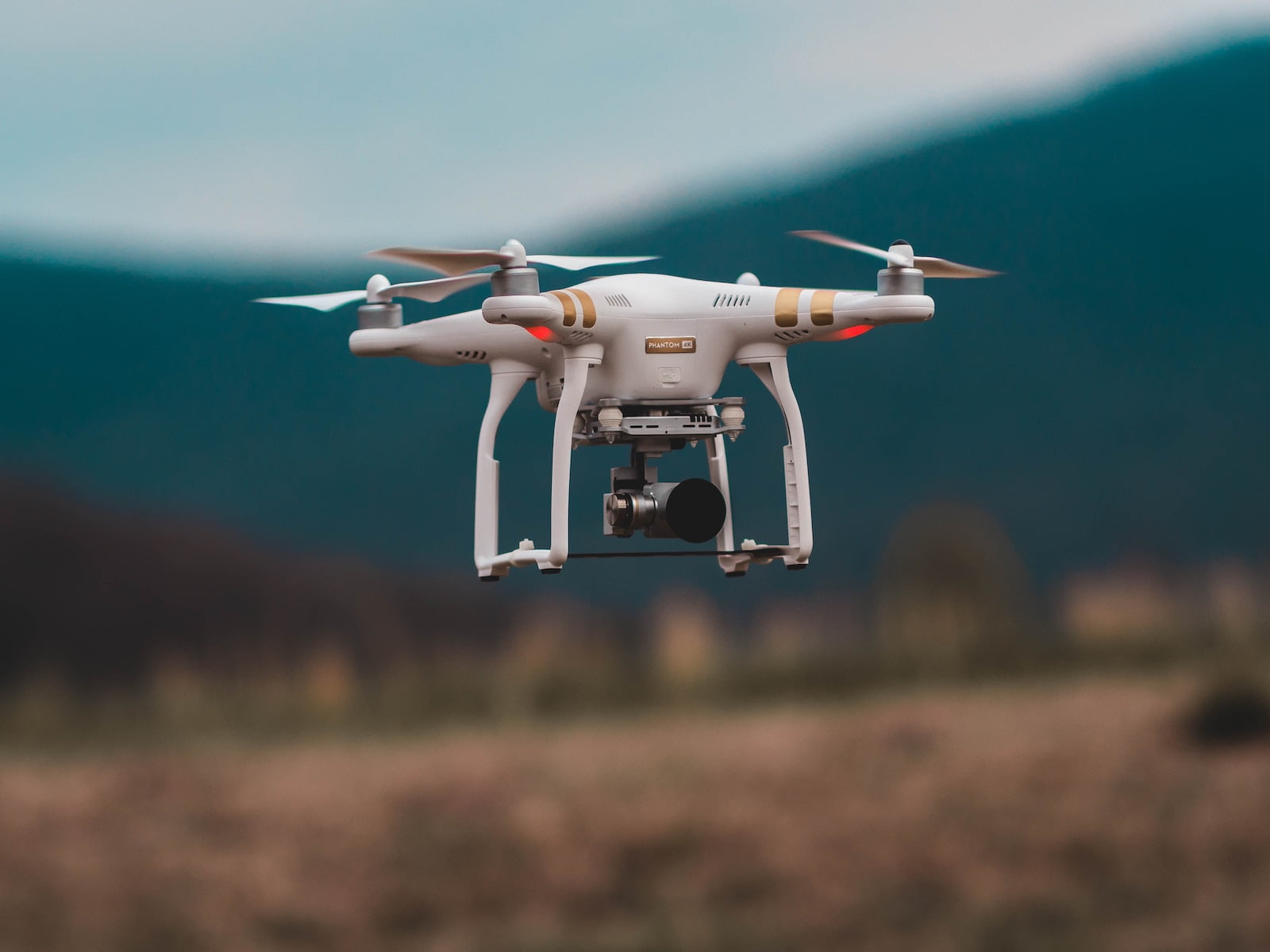Gregory Pryor and Germaine Gurr are partners at White & Case LLP. This post is based on a White & Case memorandum by Mr. Pryor, Ms. Gurr, Lindsey Canning, and Jun Usami.
Carve-out deals, whether conducted through a trade sale, buyout, or IPO, have become a vital tool for businesses to boost balance sheets and deliver shareholder value. This trend has gathered momentum over recent years, with 9,155 carve-outs worth US$2.3 trillion in aggregate announced globally in 2021, according to Dealogic—up 67% in value compared to 2020.
So far in 2022, carve-out activity has been somewhat softer. A total of 3,837 deals worth US$641.8 billion were recorded in H1, down 19% in volume and 44% in value compared to a bumper H1 2021.
Energy transition fuels carve-outs
Despite the slight cooling-off, the first half of 2022 has produced some big-ticket transactions. The global energy transition has been a key driver of deals globally, with societal, governmental and investor pressure all forcing businesses to make changes to cut their carbon emissions. Strategic reorganization has become crucial for companies needing to shed carbon-intensive assets and refocus business goals.
This trend led to the highest-valued carve-out deal of the year so far, specifically the US$17.3 billion spin-off of Constellation Energy, the power generation unit of US utilities giant Exelon.
Following the deal, which saw Constellation begin trading on the Nasdaq in February, the newly formed company has committed to a carbon-free future—aiming to achieve 95% carbon-free electricity by 2030, and 100% by 2040.








